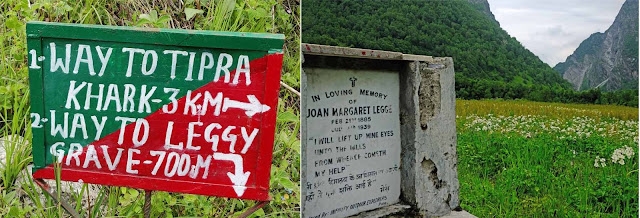 |
| A sign at the Entrance to the Valley of Flowers (VoF) says it all The passionate forest guard at the gate told me that he had been scolded by a senior officer that the VoF had no flowers, and that he, the forest guard, should put up a sign warning everyone so. The experience I had was entirely different, I saw a myriad flowers blooming and a tranquil Valley. And I thought to myself that: they are really blind those who will not see. These flowers were very different to to those I had seen on my earlier trip in August 2015, view my photographs of the earlier trip at the link here and my blog of that trip over here |
Sunday, 1 July 2018
Who Says There are No Flowers in the Valley of Flowers?
Subscribe to:
Post Comments (Atom)
















Hi Xerxes enjoyed reading your blogs ; your photos, especially of the himalayan blue poppy,were exceptional. Never made it to VoF,its on my list.Have a small orchard up in Kumaon,Sitla-Mukteshwar, and an ancestral home in Srinagar which gets me there. Kashmir is a delight. Live mostly in Pune too,opp peacock bay, village Gore bk,on the resivoir. Sumeru 74 batch.
ReplyDeleteSidharth Rattan,Sumeru 74.
ReplyDelete